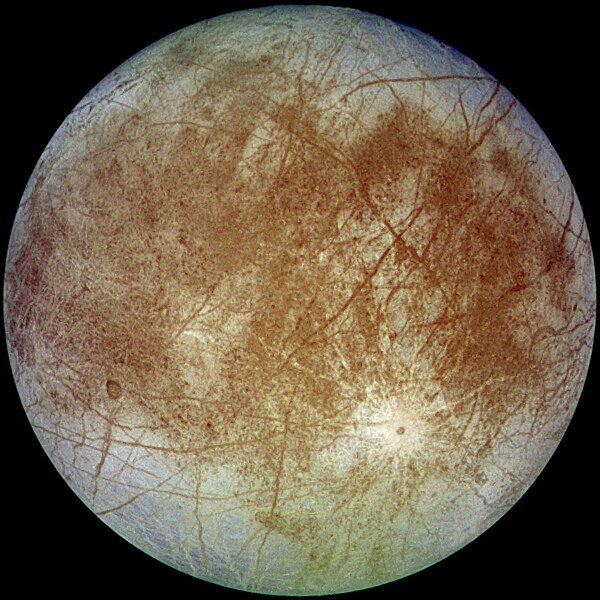
Sonntag, 22. Juni 2008
Cold-Climate Landforms on Mars

Samstag, 21. Juni 2008
Beware of the Blob!
Indescribable....
.....Indestructible
........Nothing can stop it!

 But, like always, every monster, after killing some people, encounter his hero, and fail at his weak point. In this case, low temperatures!
But, like always, every monster, after killing some people, encounter his hero, and fail at his weak point. In this case, low temperatures!Freitag, 13. Juni 2008
Glaciers from outer space !!!

It is a world covered entirely in snow and ice, with numerous moons, and pelted by meteorites from a nearby asteroid belt. But even on this frozen planet, you still can find an entire ecosystem, the tauntaun, a 2,5m tall bipedal herbivore, grazing on lichens, and hunted by the terrible Wampa. Wampas are mainly solitary hunters, like the polar bear (Ursus maritimus) from the planet earth, an example of convergent evolution.

Similarities of the scenery in the movie with the moon Europa are also unintentional.
Dienstag, 10. Juni 2008
Climate Change in Art
There are a lot of pictures rappresenting different landscapes with views of glaciers - and surely I will dedicate them an apposite post in future times - showing how men was inspired by them, or what men think(ed) about glaciers (other imagines show what glaciers think about our behaviour on them...)

 A ice related picture is the "The Sea of Ice" or "Polar Sea" (mistakenly confused with "The Wreck of Hope", "The Wreck of the North Pole Expedition"), painted 1823-25.
A ice related picture is the "The Sea of Ice" or "Polar Sea" (mistakenly confused with "The Wreck of Hope", "The Wreck of the North Pole Expedition"), painted 1823-25.
The picture appears by itself cold and lost, seems frozen for all eternity in time. It was maybe inspired of the pronounced shift to a more humid and cold climate seen between 1500 and 1850 (the so called Little Ice Age), with glacier advances and for long periods frozen (North)sea and rivers.

A known masterpiece of Bruegel shows a Winter Landscape with a Bird Trap (painted 1565). This picture is climate related for the fact, that it´s shows a frozen river, with people enjoying skating on it. Today only in the most severe winter this could be possible in the Netherlands. But between 1500 to 1600 it happened regularly, so that the rivers where used in the winter like streets.
Samstag, 7. Juni 2008
Beasts from the cold!





